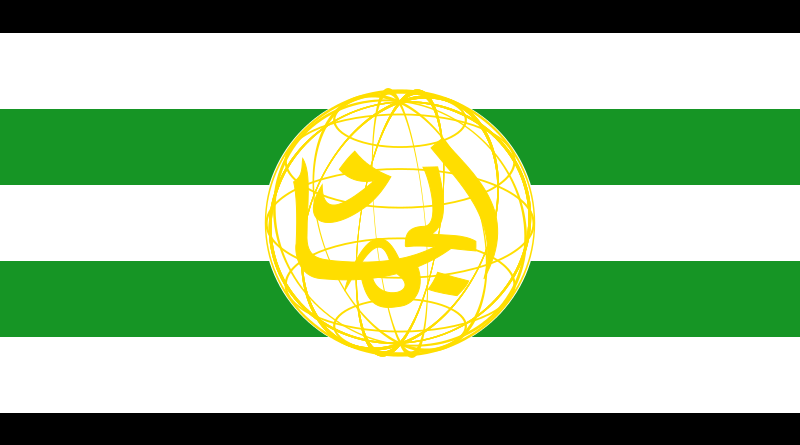Harkat-ul-Mujahideen

Established In: 1985
Established By: Fazlur Rehman Khalil
Also Known As: HUM
Country Of Origin: Pakistan
Leaders: Fazlur Rehman Khalil
Key Members: Fazlur Rehman Khalil, Farooq Kashmiri
Operational Area: Pakistan, India
Number Of Members: Unknown
Involved In: Kidnappings, Hijacking,









